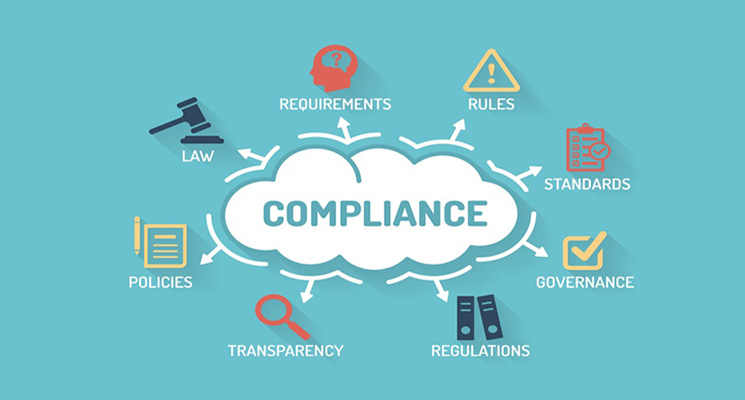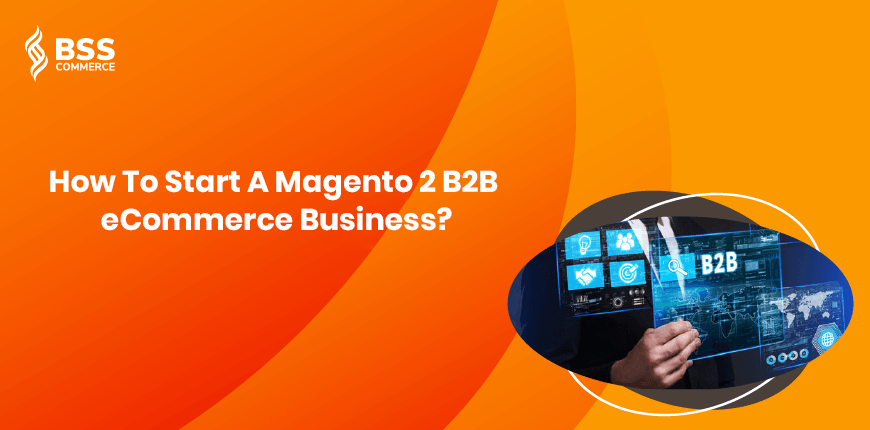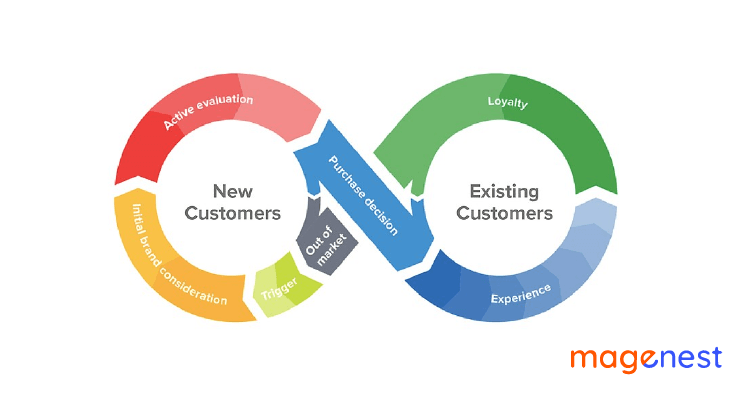“What is recurring billing” has been discussed as ‘new black’ in the digital economy. The global subscription market is set to grow from $4,054 million in 2021 to $7,813 million by 2025. What if your new company needed software licenses for all of its employees, but you had to spend hundreds of dollars for each license instead of paying a monthly subscription price?
The recurring revenue model is so successful because it offers customers ease and accessibility through a pay-as-you-go model. In the digital economy, recurring billing has been dubbed the "new black." The worldwide subscription market will increase from $4,054 million in 2021 to $7,813 million by 2025.
The pandemic-induced digital change has driven the fast-growing subscription industry even further. Do you feel like you can't quite put your finger on what recurring billing is and how it may help your business while the rest of the world succumbs to the subscription bug?
That is exactly what will be discussed in this article.
What is Recurring Billing?
Subscription businesses use recurring billing to charge their subscribers on a regular basis for a product or service. The billing cycle might be monthly, quarterly, or annually.
So exactly what is recurring billing?
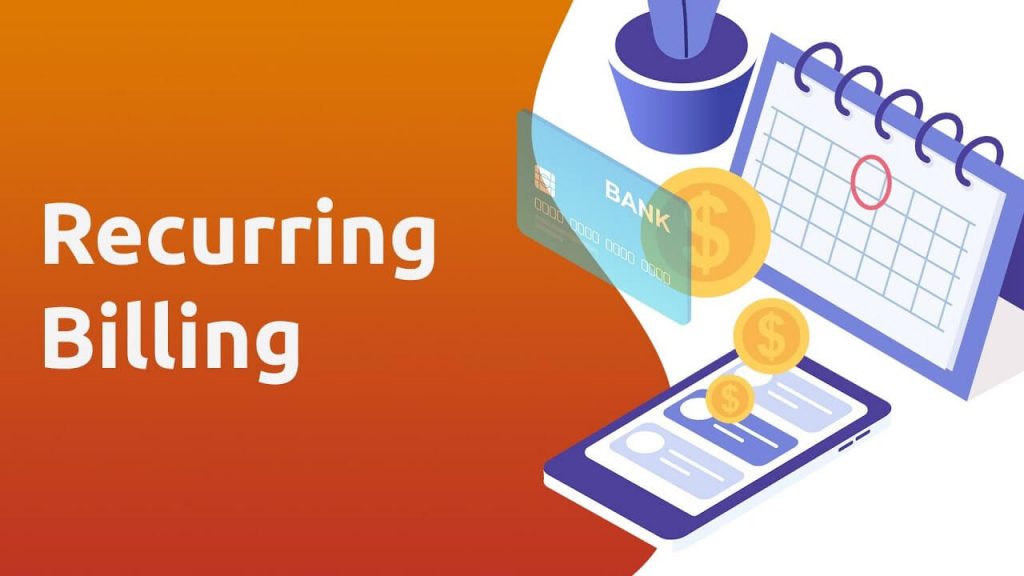
It is the process of ensuring that subscriptions to your product or service are invoiced correctly and on time for each customer, taking into account international taxes, proration, payment issues, and so on.
Here are some examples of companies that use recurring billing:
- SaaS: Dropbox, Slack, Chargebee
- eCommerce & DTC: Subscription boxes like Birchbox, Barkbox; Amazon’s ‘subscribe & save
- Entertainment: Netflix, Hulu, Amazon Prime
- Health and fitness: Practo, 24-Hour Fitness
- Education including e-learning: Udemy, Shaw Academy
- Publications: The New York Times and newsletters like ‘A Media Operator’
How Does Recurring Billing Work?
Recurring billing allows you to collect recurring payments from customers once they have subscribed to your product or service. Payment gateways are used to securely process payments. Once authorized and processed, the transaction may be sent to accounting and reporting for precise revenue recognition.
Advantages to Subscriber
As many different industries have recognized, subscribers—whether businesses or consumers—benefit in a variety of ways from recurring purchases.
Instead of paying a big upfront fee, the recurrent model allows users to amortize a product or service costs over time. The broad use of the SaaS (software as a service) paradigm exemplifies this concept. Prior to SaaS, access to the software required obtaining a license, which required a large upfront investment and manual software upgrades.
Another extremely popular subscription industry is the subscription box, which enables convenient and periodic replenishment of required commodities on a monthly or another basis, such as diapers, razors, feminine care items, tea, coffee, and more. The items available through a subscription box are as diverse as they are long.
Curated boxes are another form of recurring purchase that offers an unexpected assortment of items centered on a certain topic, such as beauty and wellness, sweets and other treats, jewelry, art materials, stationery, and much more. This element of surprise and enjoyment found in each new box, as well as overall cost savings compared to the per-item pricing, is what has propelled this vertical to the top of the subscription industry.
Advantages to Service Providers
As previously said, businesses that opt to include a subscription component benefit from not only a regular recurring revenue stream but also customer loyalty and up-to-date insights that the subscription model can generate.
Many ‘traditional' consumer brand manufacturers and merchants have entered the market due to the benefits of the recurring revenue model. Sephora (Play! ), P&G (Gillette on Demand), and Walmart (Beauty Box), for example, have all established new subscription businesses. Significant M&A activity has also arisen in the market: Unilever’s $1 billion acquisition of Dollar Shave Club (2016) and the $200 million-plus purchase of meal-kit company Plated by Albertsons are some notable events.
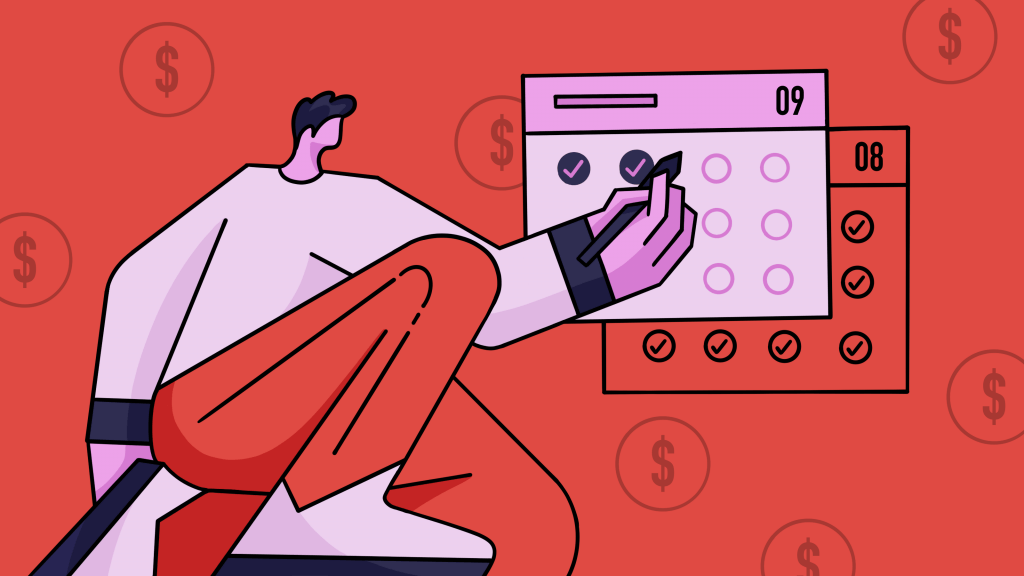
Another major benefit of the subscription model is the wealth of data collected from events that occur throughout the subscriber's lifetime, including subscriber events such as plan upgrades, downgrades, and one-time purchases. Promotions through various channels, media mentions, and messaging are all examples of marketing events. Billing events are generally used to refer to billing for renewals, add-ons, and other account adjustments.
This mix of data from marketing, billing, and subscriber activities gives subscription firms a distinct advantage by providing actionable insights into trends and patterns.
Businesses that have a recurring revenue stream may utilize this data to determine the most profitable acquisition channels, offers, and programs. This assists the company in determining the best combination of plans, promotions, and pricing to optimize subscriber acquisition and retention.
Non-subscription revenue models hardly have access to such a comprehensive view of their customers and what motivates their behavior.
How many Recurring Billing Models are there?
Recurring billing encompasses a wide variety of billing models. Different types of businesses decide to adopt the billing model or models that best suit their product or service—and that best satisfy their customer's needs and expectations. However, regardless of the model chosen, the ability to appropriately bill for these many circumstances is critical to providing better customer service and maintaining operational efficiency. Several main billing models are widely used with recurring billing.
Fixed recurring model
This is the most basic of the recurring revenue models, and it is used by businesses that provide a product for a single price and charge on a recurrent basis, usually at the beginning of the billing cycle.
Seat-based model
Used by SaaS businesses that charge customers based on the number of users or ‘seats’, and these seat costs are frequently prorated if a new seat is added at any time after the beginning of the billing cycle.
Usage-based model
Best for companies with a transactional business that wants to allow consumers to pay only for what they consume. Document or data storage services that charge per gigabyte (or other metrics) used are common examples.
One-time charge
Some subscription businesses involve one-time products as part of a subscription plan (e.g. setup fee or purchase of equipment required for a subscription).
Hybrid billing model
This approach is used by businesses who sell a mix of recurring and non-recurring items and want to allow their customer to spend on these different product types in a single transaction.
DO and DON'T You Need to Know Before You Start Recurring Billing
The DO’S of recurring billing
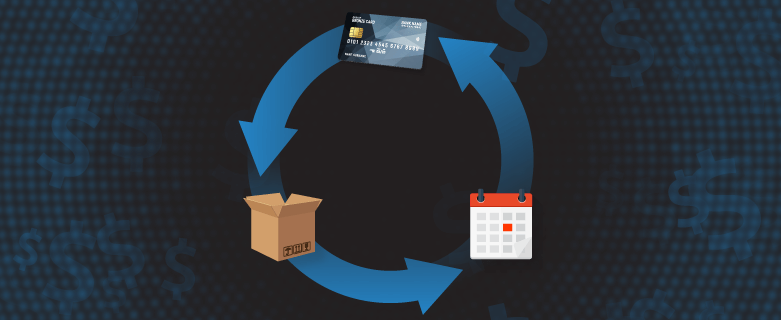
- When looking for a recurring payment platform, do your due diligence.
You want a subscription provider that adheres to Payment Card Industry (PCI) standard payment security practices. Another crucial element for dealing with today's cybercriminal attacks is built-in fraud prevention.
- Make sure your payment processor provides the functionality you require.
If you require the ability to receive payments in foreign currencies, for example, be sure the platform you use offers this functionality.
- Keep in mind that recurring payments might help you save money on bill collection.
Not only does recurring billing generate reliable monthly revenue, but it also eliminates the need for staff time (or the hiring of extra bill collectors) to pursue delinquent accounts. Even when bill collection operations have a positive outcome, the cost of going after non-paying customers reduces the return on customer transactions.
Recurring payments in the healthcare industry result in quicker settlement of outstanding accounts than traditional invoicing. Many healthcare insurers and providers now allow you to set up recurring payments for services delivered and premiums owed during the coverage year.
- Look for a subscription service that allows a variety of payment methods.
This involves accepting major credit cards and establishing AutoPay agreements with major banks.
The DON'Ts of recurring billing
- Don’t forget about churn rates.
The annual percentage rate at which your consumers quit using your subscription service is referred to as the churn rate. To be profitable, the company's annual growth rate (new customers) must be greater than the annual churn rate (customers terminating the relationship).
Churn rates vary greatly and differ from one industry to the next. They are critical in sectors where subscriptions account for the majority of a company's revenue. The telecoms industry is an excellent example of one in which the rate of turnover is critical to profit margins. The telecommunications industry includes cable, satellite, internet service providers, and telephone businesses. They use turnover rates to see how they compare to other businesses in this highly competitive market.
- Do not invest in a recurring billing system with a high upfront cost
This includes any recurring payment system that requires a significant integration commitment or huge expense. Going it alone without a subscription service might imply both of these things.
- Don't ignore reports.
You want to keep track of your transactions and churn rate. Reports should be provided by recurring billing systems to help you understand how your recurring billing is assisting your company's growth.
- Don't underestimate the impact of recurring billing on customer retention.
Many consumers appreciate the set-it-and-forget aspect of recurring billing on their monthly bills. They find the function especially useful for invoices that are the same amount every month and are due on the same day every month.
Customers don't want to bother remembering to pay your invoices on a monthly basis. They like that recurring payments provide them peace of mind in knowing that they will pay their bills on time, every time unless they are terminated.
Common Challenges Businesses Face when Implementing a Recurring Billing
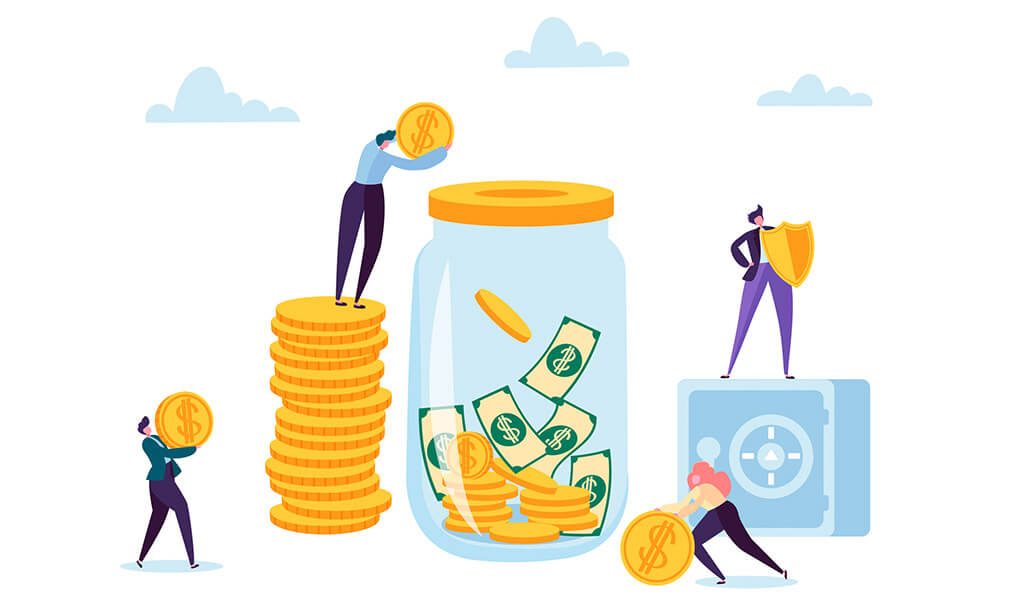
Poor Customer Service when implementing
Nothing beats good customer service, and it is something your company should aim towards. In order to adopt a cost-effective pricing strategy that provides your company with the most advantages at the lowest possible cost, you must also increase your level of responsiveness to customer requests and queries.
Adopting a recurring billing platform is inadequate. If you must, ensure that the platform allows customers numerous order retries using their credit or debit card. Also, ensure that your lines of contact are open and attentive to their needs.
Growth opportunities are limited
Many business executives are preoccupied with the present and have little regard for the future. When implementing a billing plan, they simply consider how such a plan would fulfill their needs today, failing to recognize that their customer base or expectations may shift over time.
Adopting a billing platform with little margins for future expansion may result in technical glitches later on, and if this is the case, you will have to spend more money to find a solution.
Some recurring billing solutions lack effective revenue tracking tools
Some billing solutions are ineffective at tracking monthly revenue cycles, which can result in significant revenue losses. As a result, managers should take caution while selecting recurring billing software for their businesses.
You should be able to track your monthly revenue expected from each customer on time if you use another basisBeforetimal billing software. You will also be able to customize customer lifecycle timelines to fit your specific needs as well as the needs of each customer individually.
Offering a single price for a variety of service features
Another issue that many organizations experience when implementing a recurring billing model is system rigidity in terms of billing periods. Customers are increasingly attracted to service providers who provide a variety of service features.
Customers will have more alternatives if you provide additional service features. If you choose a billing model that does not allow you to charge various prices for various service features, your customers may be forced to pay more for using less, which can be a turn-off.
To avoid a loss in consumer patronage, only use platforms that can give pricing variations for separate functions.
Conclusion
Recurring billing is now the lifeline of all subscription businesses.
Automate recurring payments to make them more easy and flexible for consumers, provide consistent revenue for merchants, and help secure your business’s long-term viability and profitability.
However, keep in mind that recurring paying is not a panacea and will not eliminate all of your subscription issues. Keep complexity to a minimum, and base your price on value, and you'll be well on your way to building a profitable subscription business.
Hope this article has provided you detailedly what is recurring billing and some advice before starting a recurring business.




